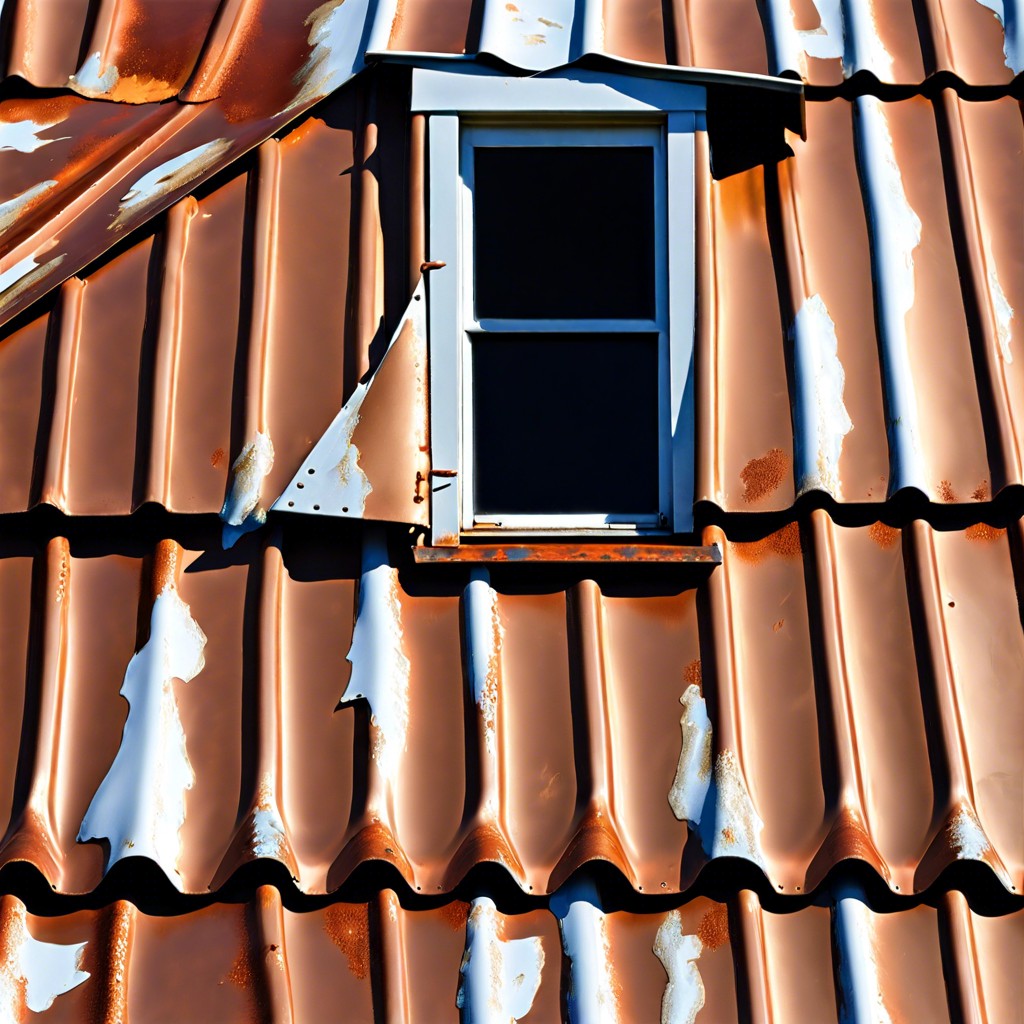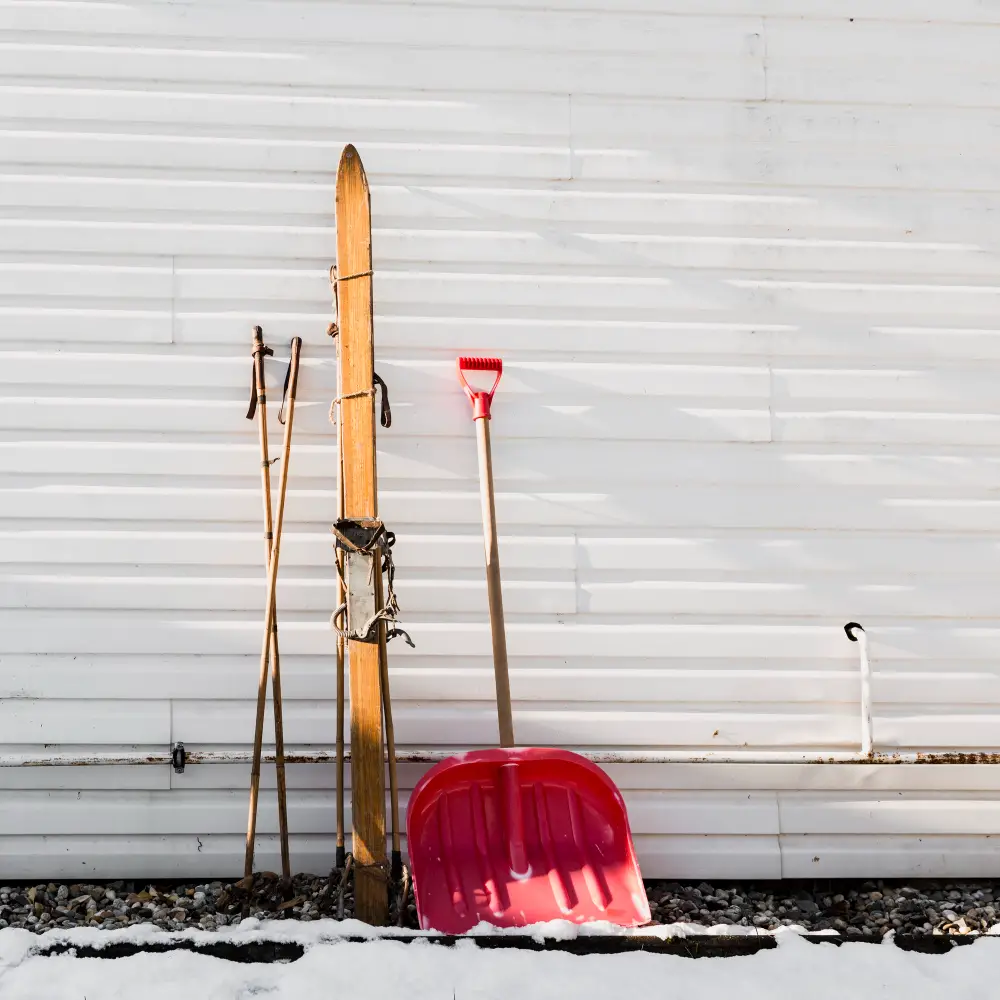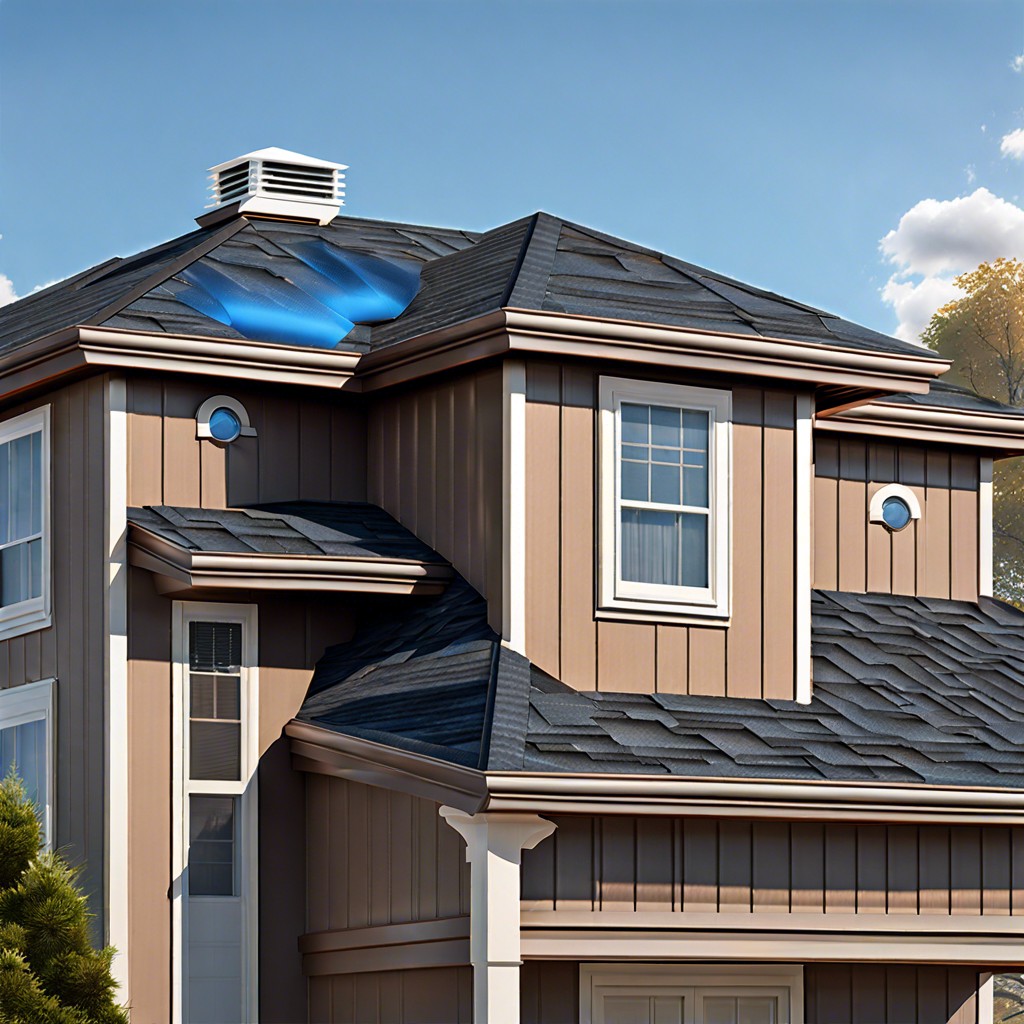Last updated on
Learn how to repair your metal roof with effective techniques and simple steps.
Key takeaways:
- Rust formation weakens the roof, causing potential leaks.
- Visible leaks or water damage indicate roof integrity issues.
- Separating seams are prime spots for water seepage.
- Surface damage from hail or rain compromises the roof’s coating.
- Prioritize safety by wearing protective gear and using stable equipment.
Signs Your Metal Roof Needs Repair

Early detection is key to managing potential damage swiftly. Watch for these indicators:
**Rust Formation:** This isn’t just an aesthetic issue; rust can weaken your roof, creating openings for leaks.
**Visible Leaks or Water Damage:** If you notice dark spots on your ceiling or actual dripping, it’s time to check the integrity of your roof.
**Loose or Separating Seams:** Over time, the seams that connect metal panels may start to pull apart. This separation is a prime spot for water to seep through.
**Denting or Pitting:** After hail storms or heavy rain, inspect for any surface damage that can compromise the roof’s protective coating.
If any of these signs appear, consider assessing the extent of the damage to plan your next steps. Don’t wait for a small issue to become a big problem.
Safety Considerations
Before you tackle any repairs, prioritize your safety. Wear protective gear such as gloves and safety goggles to shield against sharp metal edges and debris. It’s crucial to ensure your ladder is stable; always place it on a flat, firm surface. Moreover, avoid working on a wet roof, as metal surfaces become slippery. In windy conditions, it’s best to postpone your repair project, as strong winds can lead to accidents. Stick to these safety guidelines to prevent mishaps and ensure a smooth repair process.
What You’ll Need
Before you start the repair, gather the necessary tools and materials to streamline the process. You’ll need:
– **Safety gear:** Always wear gloves, goggles, and non-slip shoes to protect yourself.
– **Ladder:** Ensure it’s stable and appropriate for the height of your roof.
– **Metal shears:** These will help you cut any metal sheets or patches accurately.
– **Wire brush and sandpaper:** Use these to clean and roughen up the area around the damage, ensuring the patch adheres properly.
– **Patch material:** Typically, this should be the same type of metal as your roof to prevent corrosion caused by different metals interacting.
– **Sealant and caulking gun:** A high-quality sealant will help waterproof the repair, safeguarding against future leaks.
– **Screws or rivets:** Choose rust-resistant options to secure the patch.
Gathering these items beforehand will help you carry out repairs efficiently, making your task smoother and quicker.
Equipment / Tools
To tackle metal roof repairs effectively, the right tools are essential. Begin with a good ladder for safe access to your roof. You’ll also need a caulking gun for applying sealant and a drill if you have to secure new material with screws.
A pair of heavy-duty gloves and safety glasses are vital for protecting your hands and eyes from sharp edges and debris. Don’t forget a tape measure for precise measurements and tin snips to cut metal sheets accurately. Lastly, have a wire brush or sandpaper handy to clean and prepare surfaces before applying any patches or sealants.
With these tools in your arsenal, you’re ready to tackle those repairs like a pro! Remember, working on a roof can be risky, so take your time and prioritize safety.
Materials
For effective metal roof repairs, choosing the right materials is crucial. First, sealants are essential to prevent water leakage. Opt for a high-quality urethane or silicone-based sealant, as these offer strong adhesion and flexibility in various weather conditions.
Next, consider metal patches for holes or severely damaged areas. Using the same type of metal as your existing roof avoids corrosion caused by metal incompatibility.
Finally, include screws and washers designed for metal roofing. These specialized fasteners help maintain the integrity of the repair, preventing future issues.
Selecting the right materials ensures that your roof repair stands the test of time and weather.




